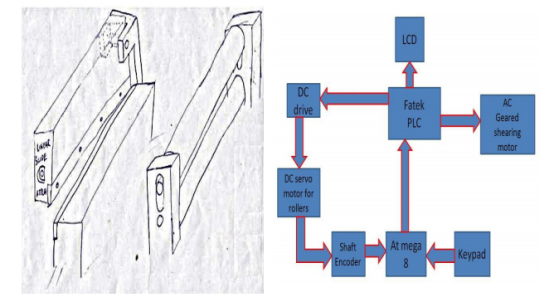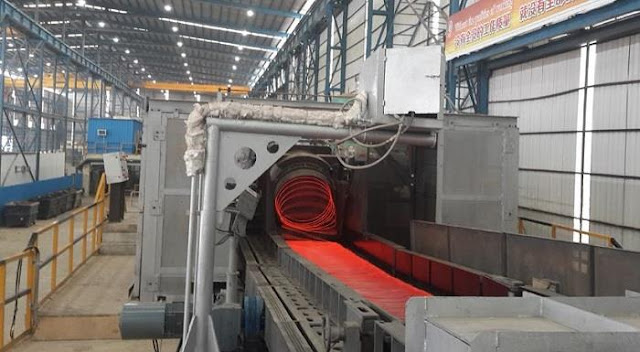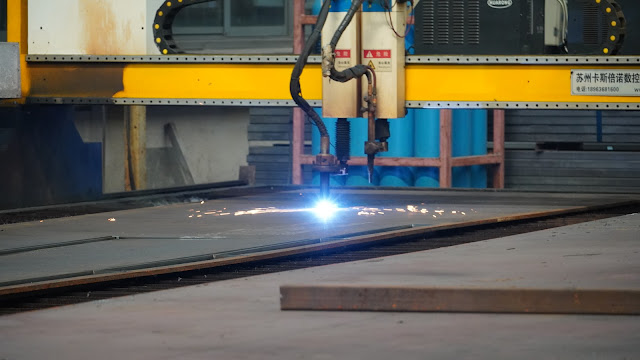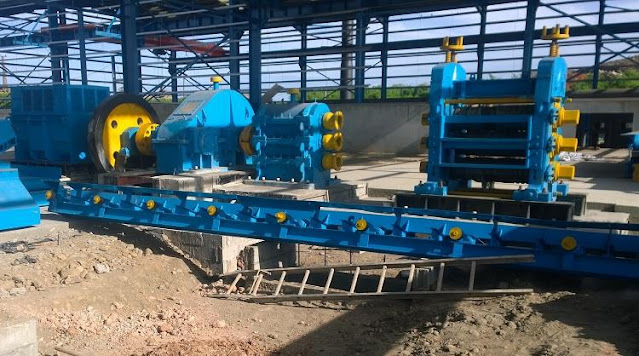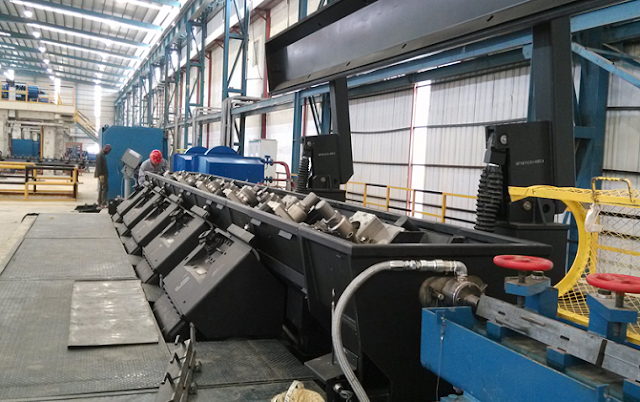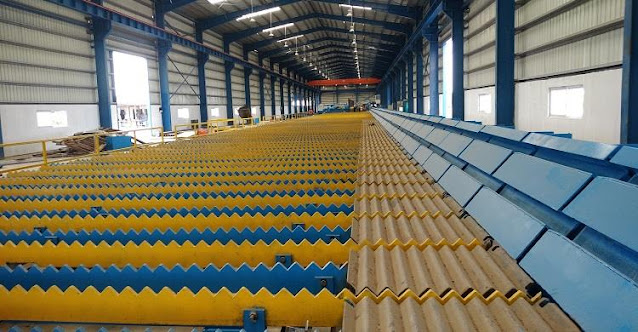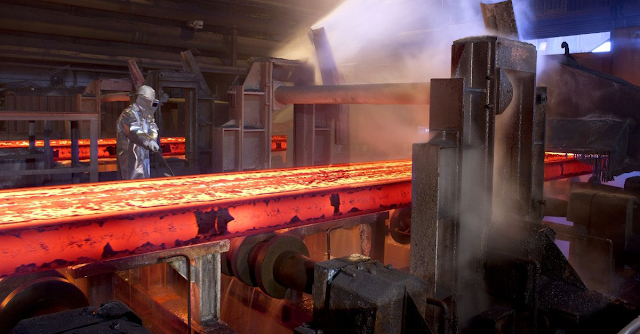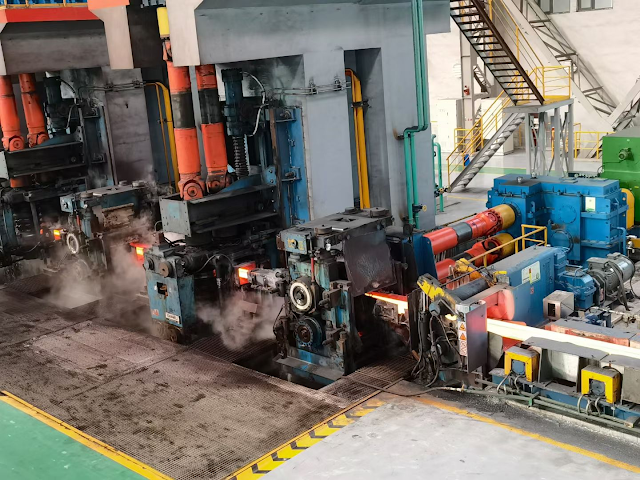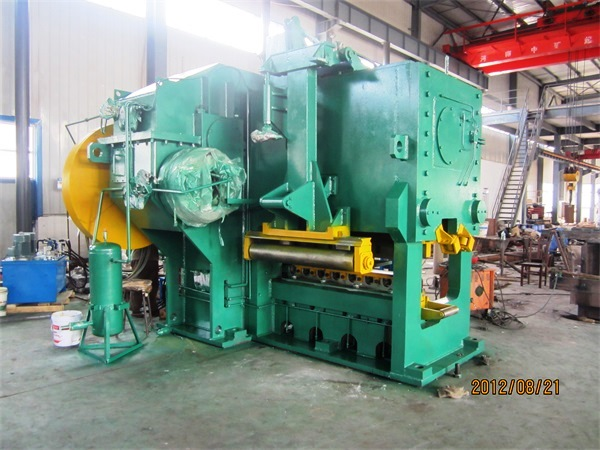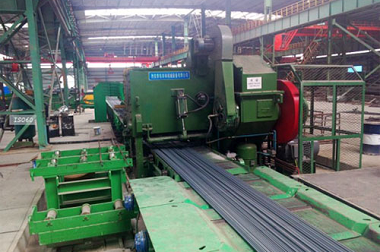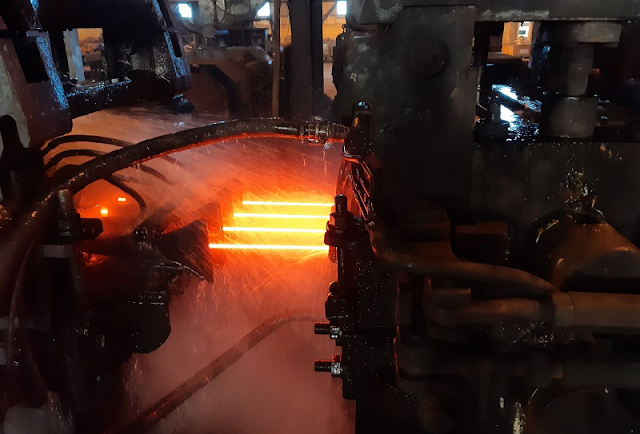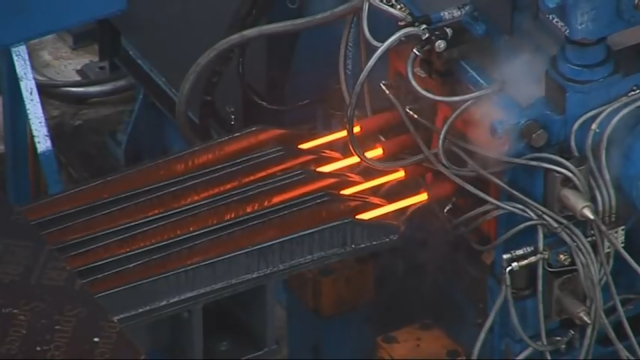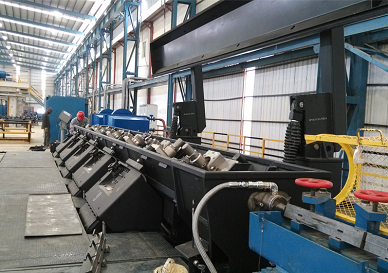The Application Of Flying Shear
The Flying Shear is a common industrial application in rolling mill production lines for cutting a product into smaller lengths, without stopping the line, this means that the main production process is not interrupted, and so machine productivity is maximized.
The cutting tool is typically mounted on a carriage that moves either parallel to the product flow or at an angle across the product flow. The flying shear drive accelerates the carriage to synchronize with the line speed, while synchronized the cut is done and the carriage then decelerates and returns to its original position ready to cut again. There are also many other similar applications where a carriage must be synchronized at line speed and most of these can also be accommodated using the flying shear application software.
Typical applications include various types of cut-to-length machines, depositors, punches, product inspection, or any other process where synchronization at line speed is required.
A machine extrudes plastic pipes that must be supplied to the customer in pre-cut lengths. The extrusion process requires the extruder to run at a continuous speed to maintain the quality of the product. The pipe is uniform along its length and provided the length is within a set tolerance then the pipe is fit for sale. The flying shear is used to cut the product cyclically.
The actual design of the machine that we observed in the mill was very large in size and it cut the hot billets of diameter 1\2 inch to 1 inch and length will be in several meters and it cost thousands of dollars we cannot make this machine as FYP. So according to the situation, we had to design a machine of a small size to cut something other than a hot billet. We chose the design of the printer as a model as the design idea was similar to the printer and select copper wire as a job. The sketch will be shown below.

